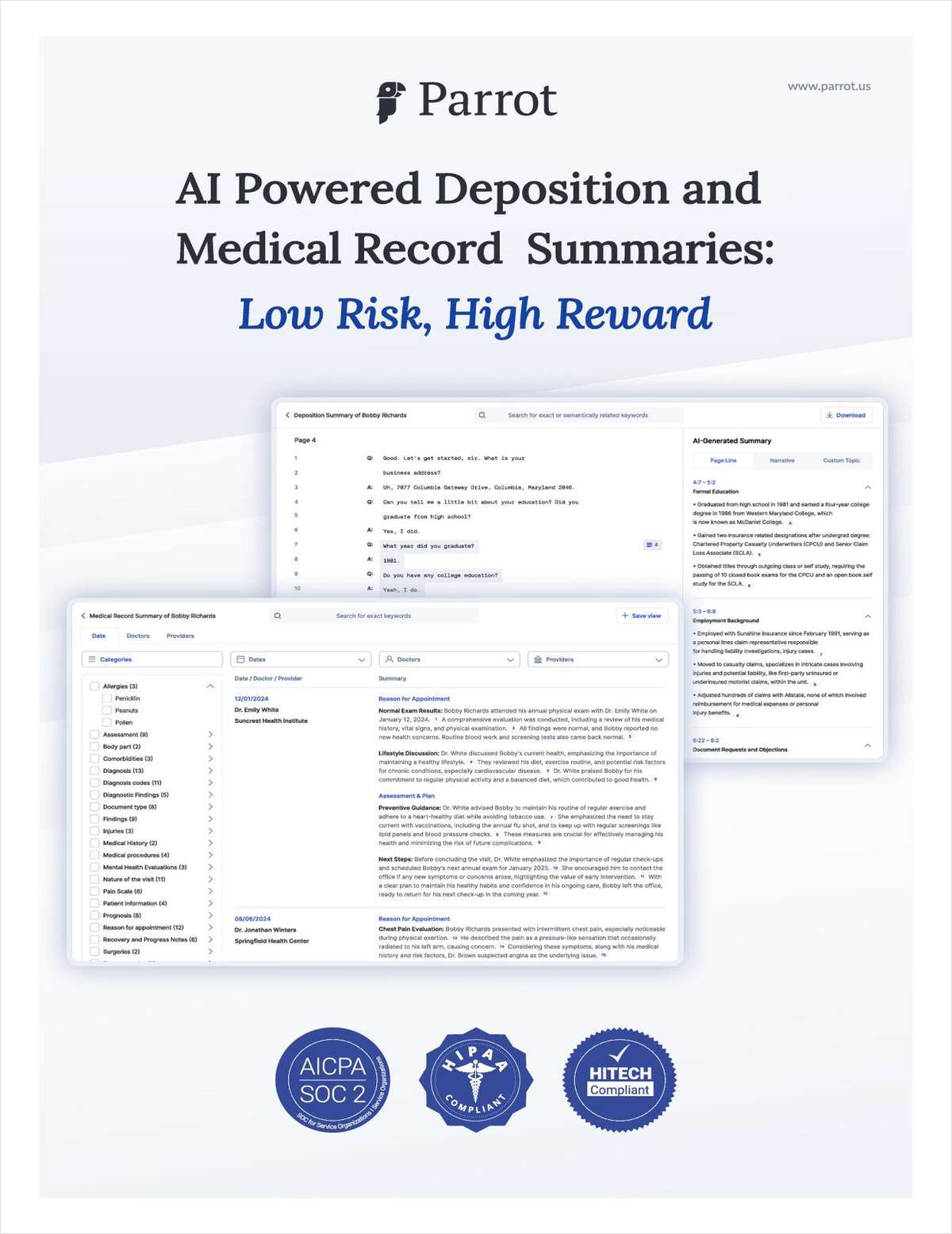Law Grads' Job Prospects Should Be Accreditation Factor, Prof Says
Florida International University College of Law professor Scott Norberg has proposed that the American Bar Association make graduate employment part of the standards that law schools must meet in order to obtain accreditation.
February 20, 2019 at 05:56 PM
6 minute read
 Shutterstock.
Shutterstock.
The American Bar Association has long maintained accreditation rules governing law school admission and bar passage rates, but none of those regulations directly addresses law graduate employment.
 Scott Norberg.
Scott Norberg.A former ABA insider now argues that it's time to add law jobs to the list of factors that determine whether a law school gets the organization's stamp of approval. Schools that send fewer than 60 percent of graduates into full-time jobs that require bar passage—or jobs for which a law degree offers an advantage—within 10 months of leaving campus should come under extra scrutiny and risk losing accreditation if they can't meet that threshold, argues Scott Norberg in his new article, “J.D.s and Jobs: The Case for an ABA Accreditation Standard on Employment Outcomes,” that appears in the Association of American Law School's Journal of Legal Education.
Norberg is no stranger to the complex world of entry-level legal employment. He helped the ABA revise its employment data collection process as deputy director of the ABA's Section of Legal Education and Admissions to the Bar from 2011 to 2014. He's now a professor at Florida International University College of Law.
Norberg's article makes the case that the current law school standards don't do enough to protect law students who spend $100,000 or more on a law degree to attend certain schools with very weak legal employment outcomes, and that taxpayers are heavily subsidizing these poor outcomes through the federal student loan system. His research shows that the number of graduates from ABA-accredited law schools has outpaced the number of full-time bar passage-required jobs by more than 30 percent every year since 2001. A cohort of 20 schools have consistently posted legal employment rates of 44 percent or lower over the past five years, and all but two have average student debt loads of $100,000 or more, a troublesome combination, according to Norberg.
Under his proposal, schools would need to meet that 60 percent employment threshold in at least two of the past five years. They could also meet the proposed new standard if 75 percent of students obtained either full-time bar passage-required jobs or jobs for which a J.D. offers an advantage within 22 months of graduation. The new standard would eliminate the need for a separate bar pass standard, since graduates would need to pass the bar to obtain the types of jobs required.
Law.com caught up with Norberg Wednesday to discuss his proposal and how he thinks law schools would react. His answers have been edited for length and clarity.
How long has this idea been kicking around? Is this a fresh concept, or is it something that people have been discussing for a long time? It's actually something that has been discussed very little. I don't think it's a radical new idea, but it's not an idea that has—to this point—gotten any serious consideration at the [ABA's Council of the Section of Legal Education].
Why do you think it hasn't come up before? It seems like an obvious area for the ABA to monitor, given that it already collects extensive employment data and, as you point out, a number of other accrediting bodies incorporate employment outcomes into their evaluation of programs. It's something that schools would instinctively resist. Maybe people had not been aware [of] the gap [in legal employment outcomes] that's there. The research I did brings out some data that may not have been previously noticed. There probably has been a sense that [ABA standards pertaining to] bar pass, attrition, and admissions effectively assure that graduates of schools are finding legal employment in sufficiently large numbers. But when you take a closer look at that data, you see there is a small but not insignificant group of schools with persistently very weak employment outcomes.
Tell me how you reached the 60 percent threshold for legal jobs. Why is that the magic number? I offer the draft standard as a starting point for discussion. I think if the [ABA Council] and legal education more broadly takes up the proposal and debates it, that's something that might be revised. Part of it has to do with looking across law schools today and seeing what the maximum employment rates are at the programs with the best outcomes, and looking back from that to account for the fact that historically only about 80 percent of students pass the bar on the first time. So there's some allowance for that, and for other sorts of conditions that lead some students not to get legal employment within 10 months after graduation. That's how I get to the minimum number. But it deserves a good bit of discussion before adopting a standard, if we get to that point.
Have you received much reaction to the article thus far? A number of people read the paper in draft form and commented on it. And I got comments from people in workshops. Almost all the reaction I have gotten has been positive.
There is a difference between a good idea and an idea that has a realistic shot at coming to fruition. The ABA has been trying to tweak its bar pass standard for something like five years now, and it still hasn't happened. This would be a far more significant change to the law school regulatory regime. What do you think its chances are? I put the proposal forward seriously. But I think even more importantly, my hope would be that it generates some conversation about doing things that will seriously address the profound problems that legal education faces right now with respect to cost, debt, employment prospects and return on investment. I get a sense right now—because we've seen an uptick in applications—that maybe people feel like, “Oh, now we're getting past the problems that followed the Great Recession and the precipitous decline in applications.” I think that would be a big mistake. I think the increase in applications only makes these problems more urgent, because nobody thinks the number of law jobs is going to increase appreciably in the next few years, even as law schools have taken advantage of the increase in applications to admit more students.
This content has been archived. It is available through our partners, LexisNexis® and Bloomberg Law.
To view this content, please continue to their sites.
Not a Lexis Subscriber?
Subscribe Now
Not a Bloomberg Law Subscriber?
Subscribe Now
NOT FOR REPRINT
© 2025 ALM Global, LLC, All Rights Reserved. Request academic re-use from www.copyright.com. All other uses, submit a request to [email protected]. For more information visit Asset & Logo Licensing.
You Might Like
View All
How I Made Practice Group Chair: 'Cultivating a Culture of Mutual Trust Is Essential,' Says Gina Piazza of Tarter Krinsky & Drogin

How I Made Managing Partner: 'Be the Uniting Voice of the Firm,' Says George Ogilvie of McDonald Carano

How I Made Managing Partner: 'Educate Yourself About Law Firm Economics,' Says Gregory Hessinger of Mitchell Silberberg

Cozen O'Connor's Bernard Nash Pioneered the Modern State AGs Practice. Now He's Hanging Up His Boots
6 minute readTrending Stories
- 1Delaware Supreme Court, Reversing Chancery, Lowers Review Standard for TripAdvisor Move to Nevada
- 2Haynes and Boone Expands in New York With 7-Lawyer Seward & Kissel Fund Finance, Securitization Team
- 3Upstart Insurer That's Wowing Industry Hires AIG Legal Exec to Help Guide Global Expansion
- 4Connecticut Lawyers in Spotlight for Repping FBI Agents
- 5SEC Sued for Failing to Reveal Records Involving Simpson Thacher Attorney
Who Got The Work
J. Brugh Lower of Gibbons has entered an appearance for industrial equipment supplier Devco Corporation in a pending trademark infringement lawsuit. The suit, accusing the defendant of selling knock-off Graco products, was filed Dec. 18 in New Jersey District Court by Rivkin Radler on behalf of Graco Inc. and Graco Minnesota. The case, assigned to U.S. District Judge Zahid N. Quraishi, is 3:24-cv-11294, Graco Inc. et al v. Devco Corporation.
Who Got The Work
Rebecca Maller-Stein and Kent A. Yalowitz of Arnold & Porter Kaye Scholer have entered their appearances for Hanaco Venture Capital and its executives, Lior Prosor and David Frankel, in a pending securities lawsuit. The action, filed on Dec. 24 in New York Southern District Court by Zell, Aron & Co. on behalf of Goldeneye Advisors, accuses the defendants of negligently and fraudulently managing the plaintiff's $1 million investment. The case, assigned to U.S. District Judge Vernon S. Broderick, is 1:24-cv-09918, Goldeneye Advisors, LLC v. Hanaco Venture Capital, Ltd. et al.
Who Got The Work
Attorneys from A&O Shearman has stepped in as defense counsel for Toronto-Dominion Bank and other defendants in a pending securities class action. The suit, filed Dec. 11 in New York Southern District Court by Bleichmar Fonti & Auld, accuses the defendants of concealing the bank's 'pervasive' deficiencies in regards to its compliance with the Bank Secrecy Act and the quality of its anti-money laundering controls. The case, assigned to U.S. District Judge Arun Subramanian, is 1:24-cv-09445, Gonzalez v. The Toronto-Dominion Bank et al.
Who Got The Work
Crown Castle International, a Pennsylvania company providing shared communications infrastructure, has turned to Luke D. Wolf of Gordon Rees Scully Mansukhani to fend off a pending breach-of-contract lawsuit. The court action, filed Nov. 25 in Michigan Eastern District Court by Hooper Hathaway PC on behalf of The Town Residences LLC, accuses Crown Castle of failing to transfer approximately $30,000 in utility payments from T-Mobile in breach of a roof-top lease and assignment agreement. The case, assigned to U.S. District Judge Susan K. Declercq, is 2:24-cv-13131, The Town Residences LLC v. T-Mobile US, Inc. et al.
Who Got The Work
Wilfred P. Coronato and Daniel M. Schwartz of McCarter & English have stepped in as defense counsel to Electrolux Home Products Inc. in a pending product liability lawsuit. The court action, filed Nov. 26 in New York Eastern District Court by Poulos Lopiccolo PC and Nagel Rice LLP on behalf of David Stern, alleges that the defendant's refrigerators’ drawers and shelving repeatedly break and fall apart within months after purchase. The case, assigned to U.S. District Judge Joan M. Azrack, is 2:24-cv-08204, Stern v. Electrolux Home Products, Inc.
Featured Firms
Law Offices of Gary Martin Hays & Associates, P.C.
(470) 294-1674
Law Offices of Mark E. Salomone
(857) 444-6468
Smith & Hassler
(713) 739-1250








